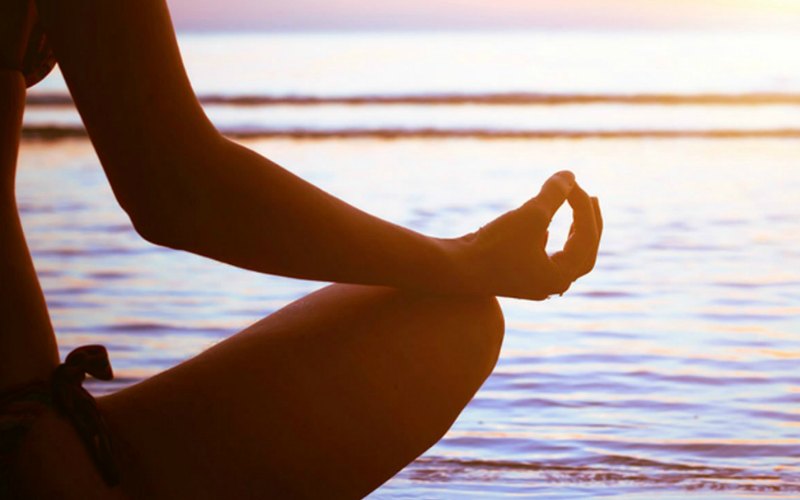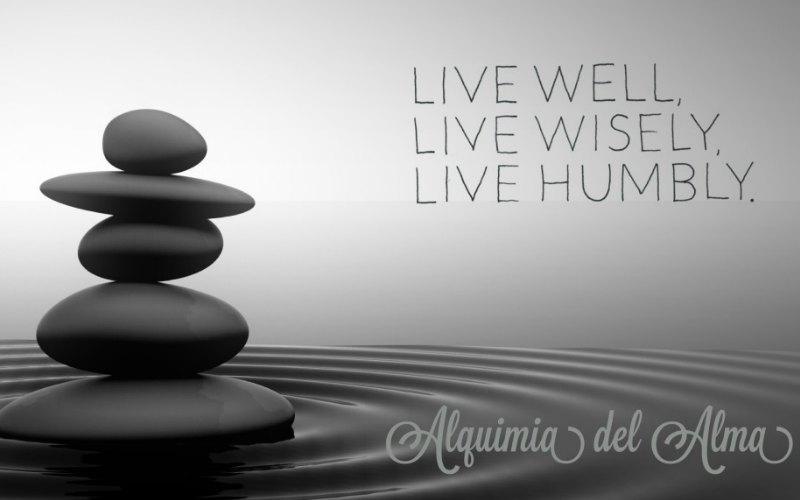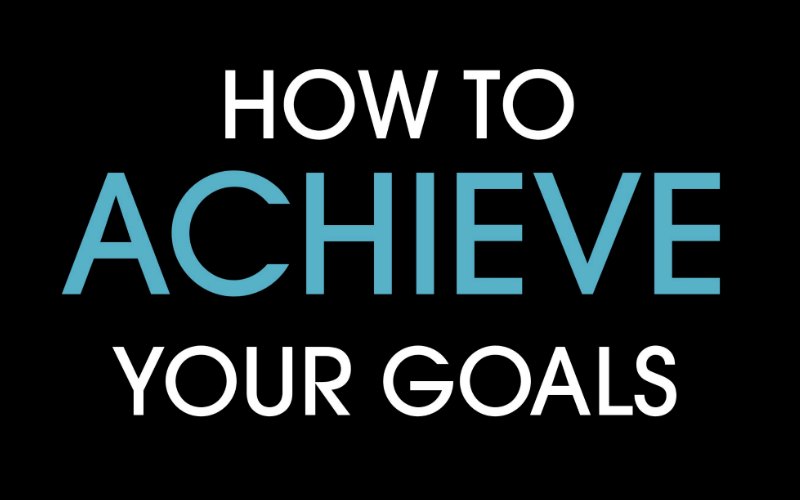
A Minimalist’s Guide to Yoga
With the vast spectrum of techniques, methodologies, and studies offered by the yoga community, it is easy for a person to become lost and confused about how to approach this beautiful practice. It can seem overwhelming and physically difficult if the wrong classes are selected, the incorrect methodology is taken up, or an attempt is made to understand all concepts of yoga rather than taking a step-by-step or piece-by-piece process. However, when one takes a minimalist path to yoga, he or she can begin to filter through the options and create a rewarding practice as a result. Simply walk through the steps below, and you will be well on your way to embracing a minimalist’s approach to yoga and all it has to offer.
Choose the Methodology You Connect With
There are two ways to select the correct methodology for you. The first is to attend a class, decide if you like it or not, discuss with the instructor what form of methodology was used, and organize your yoga practice around the method that you feel most comfortable in. This process helps you eliminate all the classes that are not in sync with who you are as a person or what your body and mind need at a certain time in your life.
The second way to approach your selection is to have a clear understanding of yourself and select a class with this in mind. For example, if you prefer a slower pace to life, select a hatha yoga experience. If you are looking for more of a challenge physically, you may opt for a heated vinyasa. Speaking with various yoga instructors and doing a little research will help you navigate your class selection.
Whatever method you choose, the key is to keep it simple. Do not overthink your practice. Instead, simply reflect on what you connect with and go with that feeling. Remove the clutter of societal expectations and community-thought, and simply go with what feels good to you. By selecting a methodology, rather than committing to several different varieties of classes, you are creating an opportunity to grow in your skillset and connect to your practice more deeply. A focused mind is often a minimalist’s strength.
Select Your Space
This sounds simple, but for the minimalist this decision can be the key to success with the yoga experience. Your yoga practice can be as simple as rolling out your mat in your home and embracing the movements that your body wishes to flow through. It may also consist of the basic sun salutation or another string of poses. You may actually prefer to not leave the comfort of your home or have others around you to influence your practice. If this is your preference, embrace it!
The other option is to attend a class where the instructor leads you through your session. This can also be a huge asset, because you are eliminating the requirement that you create the sequence of movement or general theme. You are reducing the number of things you may need to think about at any given time, and as a result you are able to focus solely on what the instructor is walking you through.
Find One Focal Point for Your Time on the Mat
Whether it is at home or within a studio, the important thing is to keep your practice rooted in a single idea, experience, or similar theme of movement. Before getting onto your mat, select what you want to improve regarding your technique or what you wish to reflect on throughout your practice. For example, you may choose to focus on having more flexibility in your hips or selecting a theme of gentleness to keep in mind throughout your yoga session. Often it is easy for people to get overwhelmed during their time on the mat simply because they do not choose one aspect of their self to attend to. The minimalist strives to keep to a refined practice and as a result can hone in on what he or she wishes to expand upon over the next hour or two.
Remove Unnecessary Environmental Expectations and Clutter from Your Headspace
Once your methodology, the space in which you want to practice in, and your key idea or technique have been selected for your time on the mat, you must begin to let go of all the other distractions that may be in your environment or within your headspace. Do not be too rigid in your expectations of what you need a space to be. Do not setup your practice where a certain music selection is required, a particular friend must attend the class, or the space must be dimly lit. In conjunction with this, do not keep yourself from your practice if you are not in the absolute “perfect” headspace. You must be able to let go of the negative, self-judgement, or the anxious energy.
When you are able to create a yoga experience with the fewest environmental and mental limitations as possible, you are able to complete your yoga practice in almost any situation no matter how simple or complex. By doing this you are bringing a minimalist approach to your physical and mental space.
Remember Your WHY
The biggest asset a minimalist has is to remember your “why” or the reason for your practice. When you are able to hone in on this, the environmental space, the headspace in which you find yourself prior to practice, and the people that surround you do not determine the success of your practice. You are able to approach your experience on the mat with an open mind and an open heart because you are choosing to do so for one sole purpose- your why. It is important for you to take the time to solidify why your yoga practice is important to you and what you hope to gain from incorporating it into your life. When you do this, you are able to melt into your practice with little interference from the “clutter” that surrounds you in all aspects of your life.
The minimalist’s guide to yoga is rather a simple one. Determine which methodology speaks to you, find the space you feel most comfortable in, let the environmental and mental clutter go, and remember why you chose your practice in the first place. Follow these steps and you will find that your practice parallels who you are as a person. Frankly, it does not get more simplified than this.
















